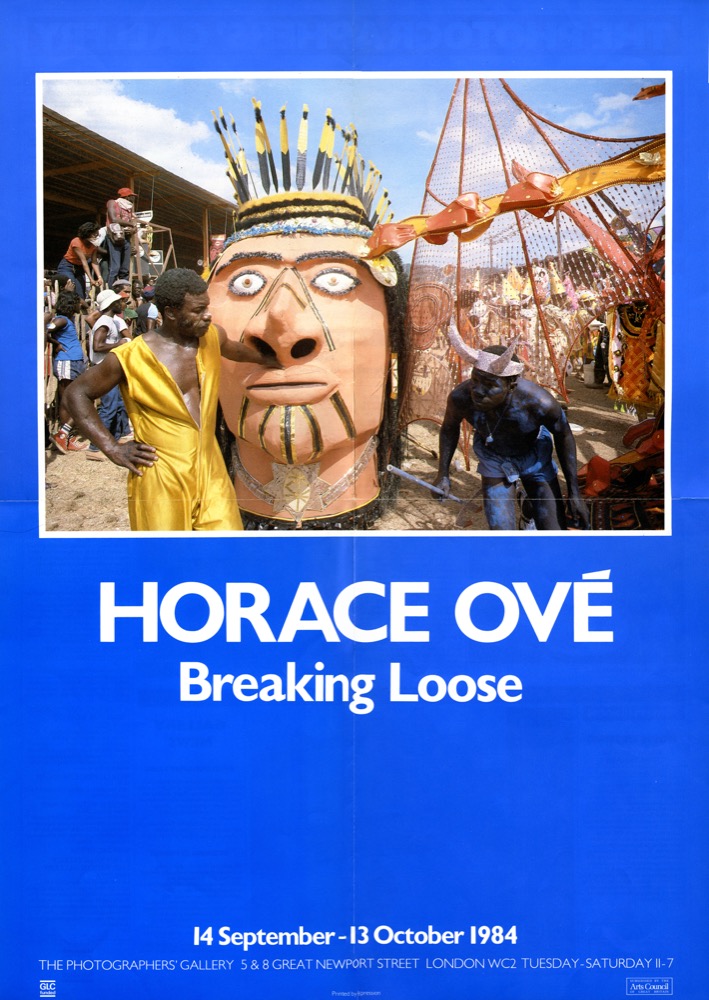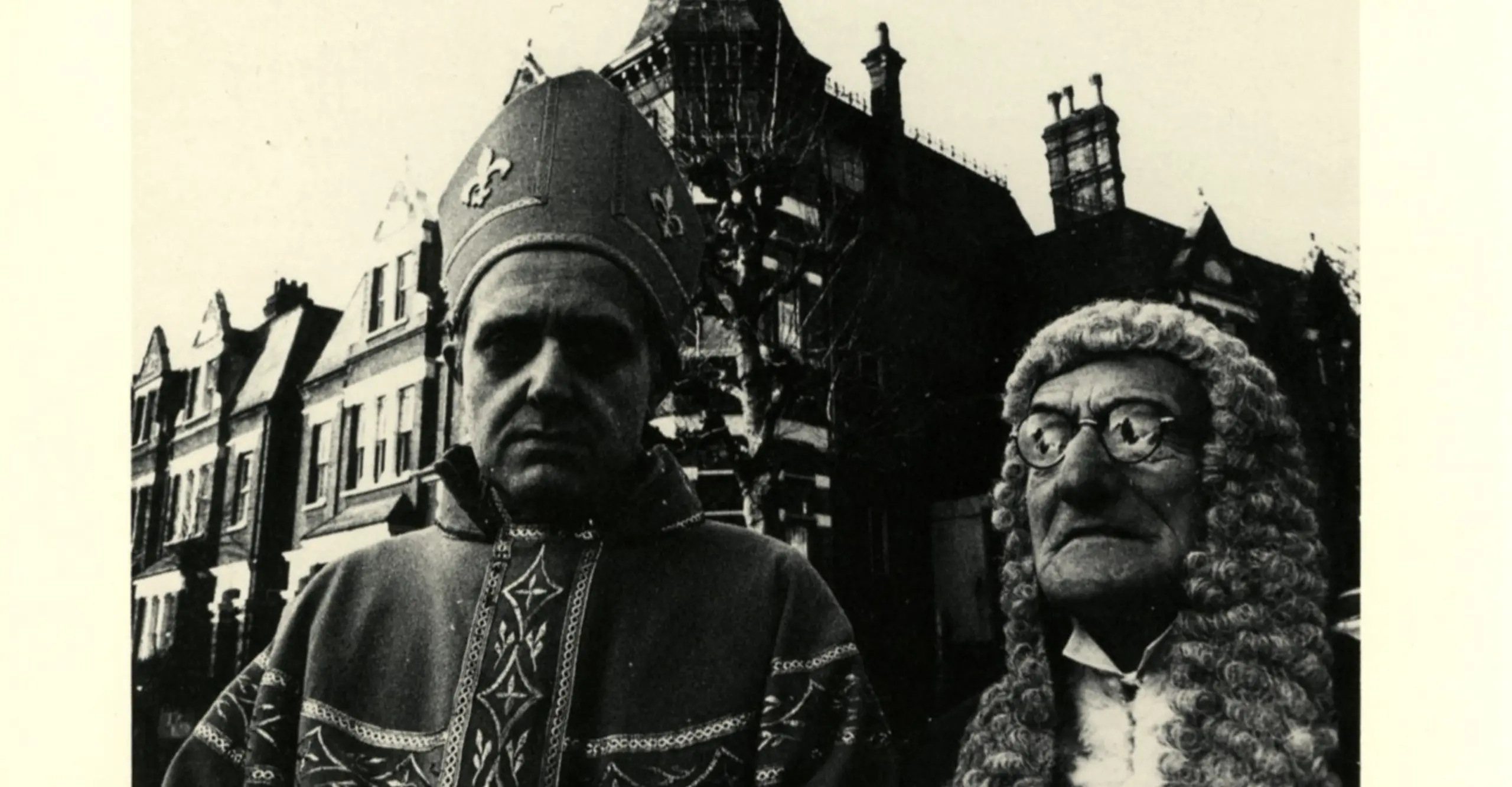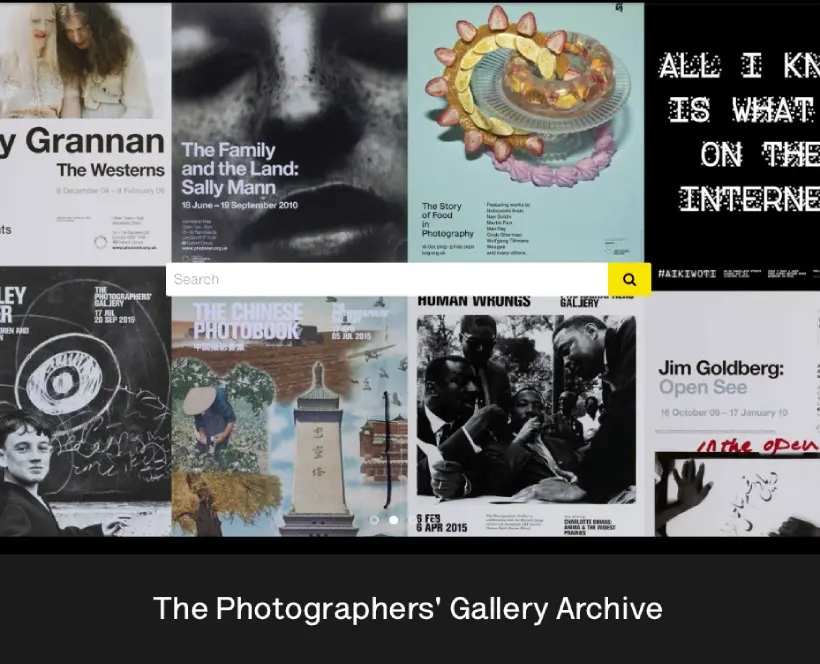This is the first retrospective of Horace Ové’s photographic work to be shown in this country. Primarily he has established himself as an independent film maker in Britain over the past 15 years. Films such as James Baldwin’s Nigger, King Carnival and Pressure (made in 1974 and the first black feature film produced in the UK) have given him an international reputation. He has also worked extensively in television: in 1978 he made A Hole in Babylon based on based on the 1975 Spaghetti House siege. He has directed several episodes of Michael Abbensett’s Empire Road and Farrukh Dhondy’s Good At Art and also worked on The Professionals and The Latchkey Children.
His photographic career precedes and also runs parallel with his involvement in the film industry. Born and brought up in Trinidad he studied painting and photography and there held his first exhibition of paintings. Ové came to London in 1960 but spent three years in Rome studying painting and exhibiting. On his return to London he started work as a reportage photographer for magazines like IT, Oz and Race Today.

This exhibition examines his early photojournalism and the emergence of a strongly identifiable black culture in a post-colonial Britain. He focuses on the Carnival celebrations of Notting Hill, the ensuing disturbances and the role of Michael X who spread black consciousness in Britain during the ‘60s. Later photographers, taken in colour, document his travels throughout Europe, Africa and the Caribbean. Ové traces the cultural, religious and historical ties that link black people. In his native Trinidad he concentrates on Carnival and the Django – people who have turned their backs on westernisation and gone to live in the bush. He is also preoccupied by the cross-colonisation within the Caribbean islands as shown in the architecture – the contradictions between the grand old-style colonial houses of French and Spanish rule, still immaculately preserved, and the shanty huts of the local people.
In Africa he contrasts the bustle of everyday life in the markets, streets and cafes with a surreal stillness: the blistering heat of the midday African sun, empty buildings with solitary figures appearing and disappearing, seemingly from nowhere. From a four poster bedstead standing in a courtyard in Kano, Northern Nigeria to The Film Producer’s Lunch, London the sense of the ‘surrealist moment’ is one of the prime motivations in Ové’s photography.
Written by Alex Noble
For further information on this and past exhibitions, visit our Archive and Study Room.

